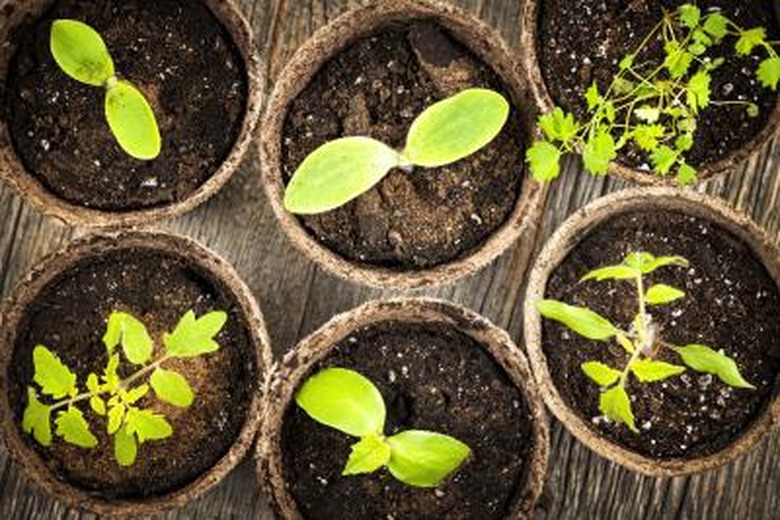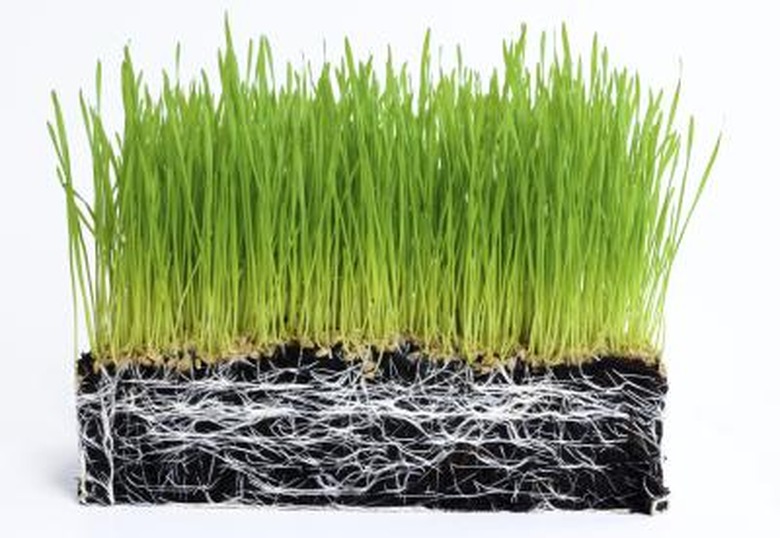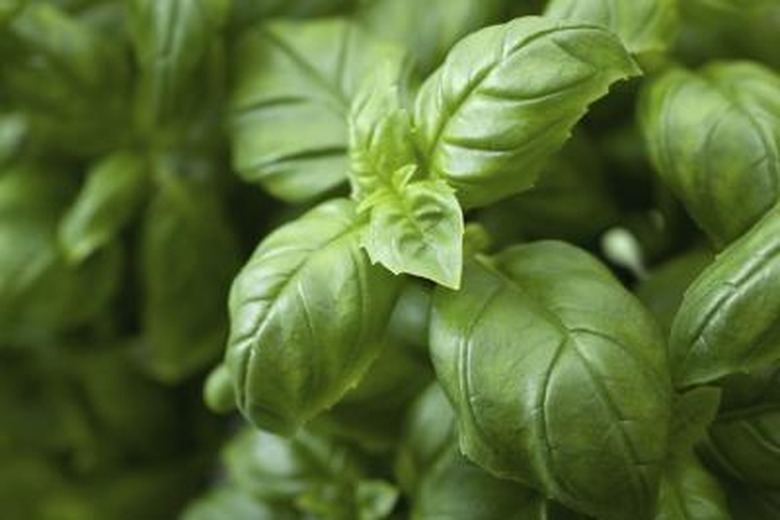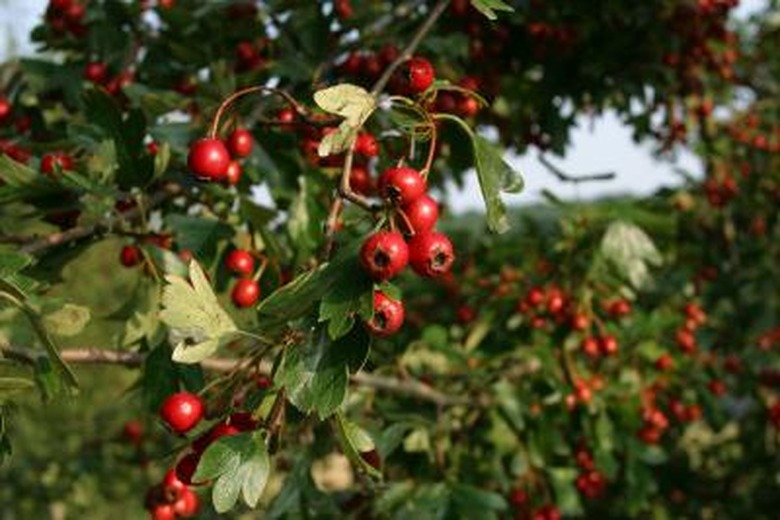Four Main Parts Of A Plant
Every plant is made up of four essential parts that help to scientifically classify it as a plant. Each of these plant parts plays an important role in helping the plant to grow and thrive. While you may have learned about the four parts of a plant back in elementary school, a refresher course on those different parts of plants can help you remember how to nourish your plant so that it grows stronger with the proper care and TLC.
Plant Part 1: Roots
Plant Part 1: Roots
You may think that roots just help the plant to stand up straight by gripping into the soil, but their job is much more important than that. The roots are the lifeblood of the plant, both anchoring the plant and absorbing water and minerals from the soil, according to The Great Plant Escape.
Roots are the first parts of a plant to develop, as nothing else in the plant can develop without them. Roots also act as a storage house for the plant for leaner times, such as when you go on vacation and forget to water your houseplants.
Plant Part 2: Stems
Plant Part 2: Stems
Stems support the plant structure and make up the long, inner plumbing pipes for the plant. While the roots absorb the minerals and moisture from the soil, the stem carries those minerals and water up to the top of the plant and transports sugars made in the leaves down to the roots.
You'll notice that stems can vary widely in terms of material; some may be flexible and pliable, while some will be fixed and even hard, like a tree trunk. The stem is one of the hardest working parts of the plant. Parts of a plant stem include xylem and phloem, specialized plant tissues for moving water and nutrients up and down the plant.
Plant Part 3: Leaves
Plant Part 3: Leaves
The leaves are the essential food producers for the entire plant, according to Biology of Plants. The nutrients and minerals are absorbed by the roots and then carried to the leaves by the stem.
With broad surfaces for collecting energy from the sun, leaves contain chlorophyll, a green pigment essential for the process of photosynthesis. During photosynthesis, plants convert sunlight, water and carbon dioxide into carbohydrates – sugars that feed the plant. The leaves also release oxygen into the air, a product of photosynthesis which is essential for human life on earth.
Plant Part 4: Flowers
Plant Part 4: Flowers
While not all plants produce flowers, most do produce seeds so that the plant can reproduce. The flower is the part of the plant that produces seeds. While they may be pretty to look at, they hold a higher purpose in producing small eggs that when fertilized by pollen can become fruit, something that you probably enjoy every day.
While you may find bees a bother, they help the growth of flowers by spreading the pollen that flowers need to be fertilized. Many plants produce nectar, a sugary substance, to attract pollinators to their flowers. Pollinators like bees, hummingbirds and bats are drawn to the flowers by the nectar, and when they visit to collect food, they also pick up pollen on their bodies without knowing it. When the bee or bird visits the next flower to collect nectar, some pollen from the last flower may be transferred.
Bonus Plant Part: Fruit
Bonus Plant Part: Fruit
Not all plants create _fruit_, but you can find many of those that do in your backyard garden. Think about tomatoes, pumpkins, even fruit trees like apple trees and orange trees, that are all products of successful plant growth and fertilization. Together, the four parts of the plant create the air that we breathe, flowers to enjoy and food to eat.
Cite This Article
MLA
Ireland, Kay. "Four Main Parts Of A Plant" sciencing.com, https://www.sciencing.com/four-main-parts-of-a-plant-12211013/. 30 September 2021.
APA
Ireland, Kay. (2021, September 30). Four Main Parts Of A Plant. sciencing.com. Retrieved from https://www.sciencing.com/four-main-parts-of-a-plant-12211013/
Chicago
Ireland, Kay. Four Main Parts Of A Plant last modified August 30, 2022. https://www.sciencing.com/four-main-parts-of-a-plant-12211013/





